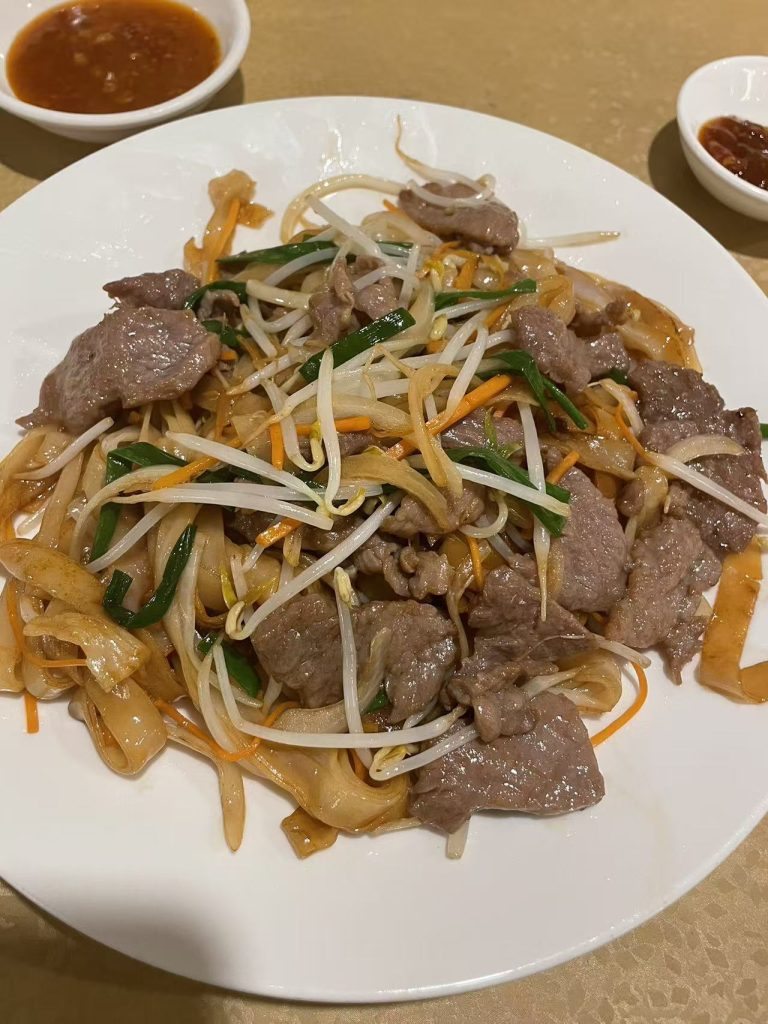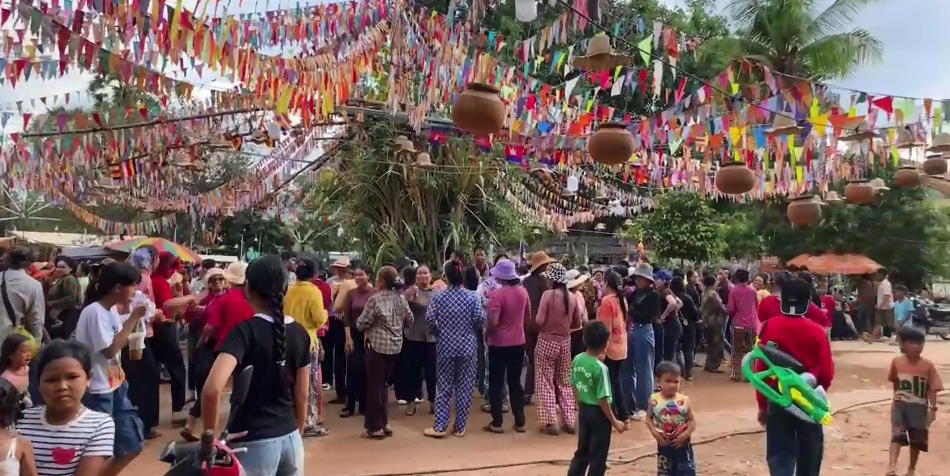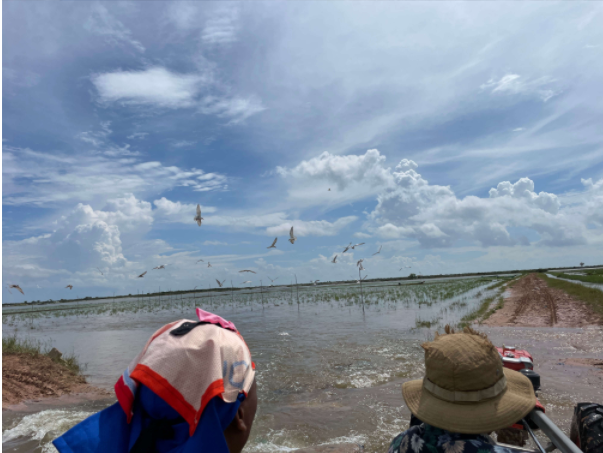🏙️ Exploring Phnom Penh Street Food — A Taste of Authentic Cambodian Cuisine
The Heart of Phnom Penh’s Street Food Culture
Phnom Penh’s lively streets are the beating heart of Cambodia’s food scene. From sunrise markets to late-night stalls, the city overflows with tempting aromas and sizzling woks. Street vendors line nearly every corner, each offering their own culinary specialty — grilled meats, spicy salads, noodle soups, or freshly squeezed sugarcane juice.

Cambodian street food is a sensory experience that reflects the country’s long culinary heritage. A staple favorite is green papaya salad, or bok lahong. It combines shredded green papaya, carrots, tomatoes, morning glory, and long beans, all tossed with chili, peanuts, and fish sauce. Some locals enhance it with raw shrimp or fermented crab, creating a strong, salty flavor loved by those who grew up with it.
The salad’s dressing is prepared using a wooden mortar and pestle, a traditional technique that brings out the natural flavors of the ingredients. The result — a zesty, crunchy dish that’s both refreshing and bold, symbolizing the perfect balance of Cambodian cuisine: spicy, sweet, sour, and salty.
Experiencing Local Flavors for the First Time
For newcomers, Cambodian street food can be both exciting and challenging. The use of raw or fermented ingredients often surprises first-time visitors. Dishes like fermented crab are full of umami flavor but may not sit well with every stomach.
When I first tried fermented crab salad, I experienced mild discomfort — not because it was unsafe, but because my digestive system wasn’t used to such flavors. Many travelers have similar stories. If you’re new to Southeast Asian food, it’s wise to pace yourself.
👉 Traveler Tip: Start with small portions, drink plenty of water, and avoid mixing too many new foods at once. Carry over-the-counter digestive medicine, and always check customs regulations before bringing medicine into the country. With patience, your body will adjust — and you’ll begin to appreciate the deep complexity of Cambodian cuisine.
Unique Cambodian Ingredients — From Grasshoppers to Black Fish
Cambodian street food isn’t limited to the ordinary — it’s an adventure of ingredients and textures. Insects like grasshoppers, crickets, and silkworms are common snacks, especially in rural provinces and markets. Contrary to expectation, these are not “wild” bugs; many are farm-raised in clean containers, fed fresh grass, and stir-fried with lemongrass, chili, and lime leaves. The result? Crispy, aromatic, and unexpectedly tasty.
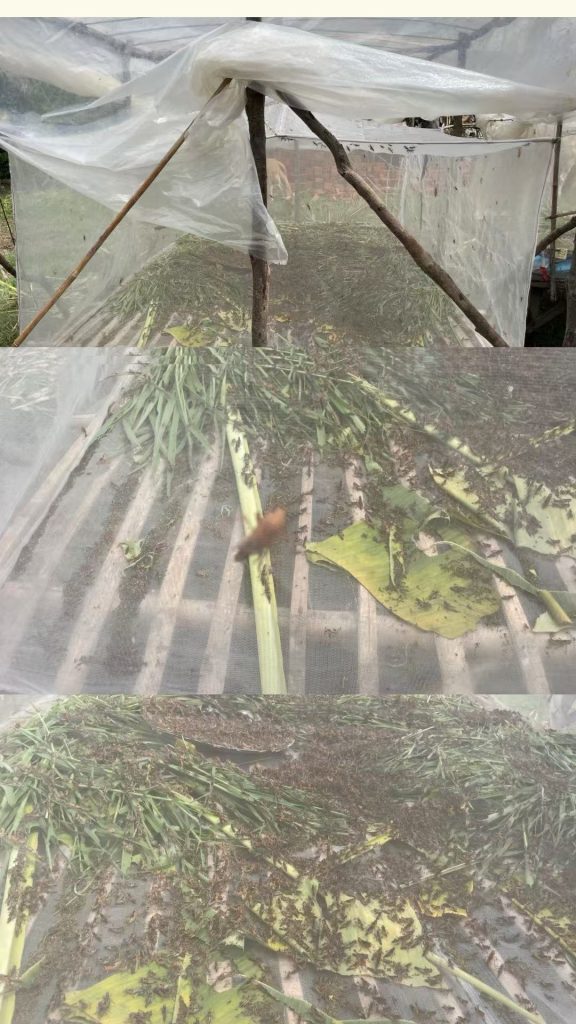
Another local delicacy comes from the countryside: black fish. Villagers cultivate them in small backyard ponds during the rainy season. Once the water dries, they harvest the fish and preserve the excess by drying or salting it — transforming it into a chewy jerky called trey ngeat. This method ensures year-round access to protein, showcasing the resourcefulness of Cambodian households.
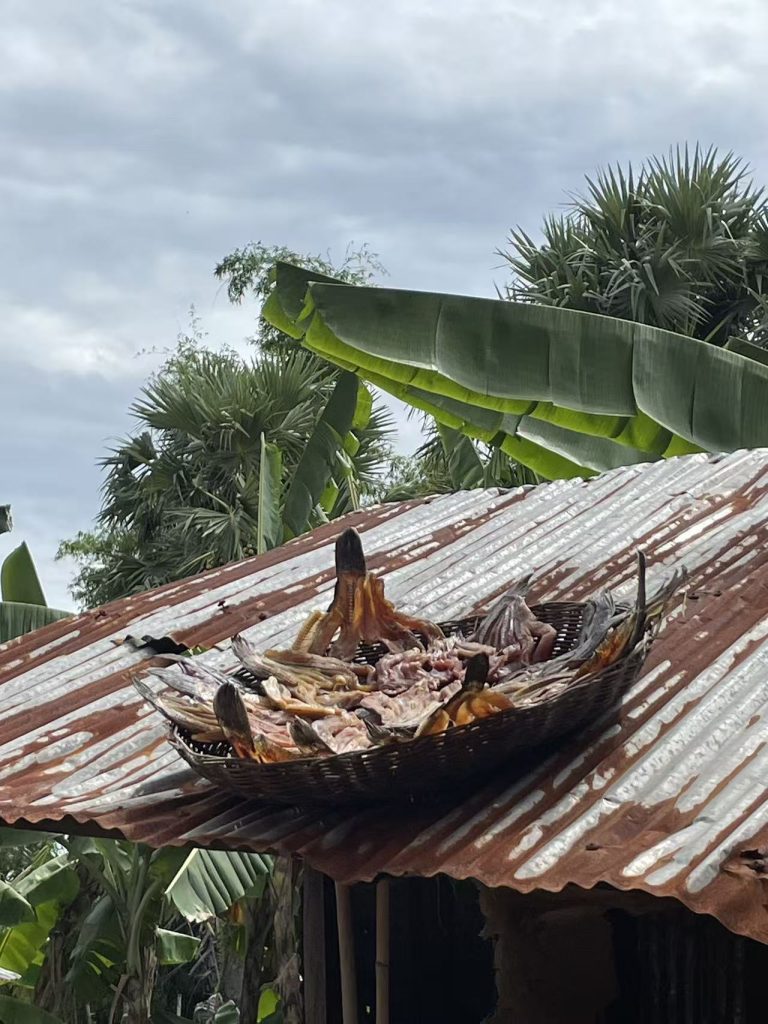
These foods tell stories of adaptation and creativity, reminding visitors that Cambodian cuisine was shaped by history, environment, and survival.
Street Dining Etiquette and Local Habits
Eating on the streets of Phnom Penh is not just about food — it’s about connection. Locals often sit on low plastic stools, sharing dishes family-style while chatting with friends. It’s common to see office workers, tuk-tuk drivers, and students dining side by side.
When visiting, observe how locals eat — they often use spoons and forks instead of chopsticks, and it’s polite to smile and thank the vendor with a simple “Arkun” (thank you in Khmer). Most vendors appreciate curiosity and will proudly explain their dishes to foreigners. Don’t be shy to ask what’s in your bowl — it’s part of the experience!
Practical Tips for Food Safety and Health
While street food is a must-try, a few safety precautions can ensure a pleasant trip:
- 🍴 Start small: Gradually try spicier or fermented foods.
- 💧 Choose busy stalls: A high turnover means fresh ingredients.
- 💊 Carry basic medicine: Probiotics and anti-acid tablets can be helpful.
- 🦐 Avoid raw seafood: Unless it’s from a trusted restaurant.
- 🙏 Respect local habits: Decline politely if something feels uncomfortable.
Cambodians have eaten these foods since childhood, and their bodies are adapted to them. For visitors, the goal isn’t to eat everything, but to explore respectfully — savoring both the taste and the culture behind it.
Embracing Cambodian Food Culture
Beyond the flavors, Cambodian street food represents community, creativity, and resilience. Each stall has a story — families who’ve cooked for generations, students paying tuition through late-night vending, or grandmothers passing down recipes unchanged for decades.
Whether you’re enjoying num pang (Cambodian baguette sandwich) on a street corner or sipping iced coffee by the riverside, each moment reveals a deeper truth: food in Cambodia is not just nourishment, it’s identity.
So next time you wander through Phnom Penh’s alleys, follow the sound of sizzling oil, take a seat, and let the city feed your curiosity. You’ll leave with more than a full stomach — you’ll carry a piece of Cambodian culture with you.


